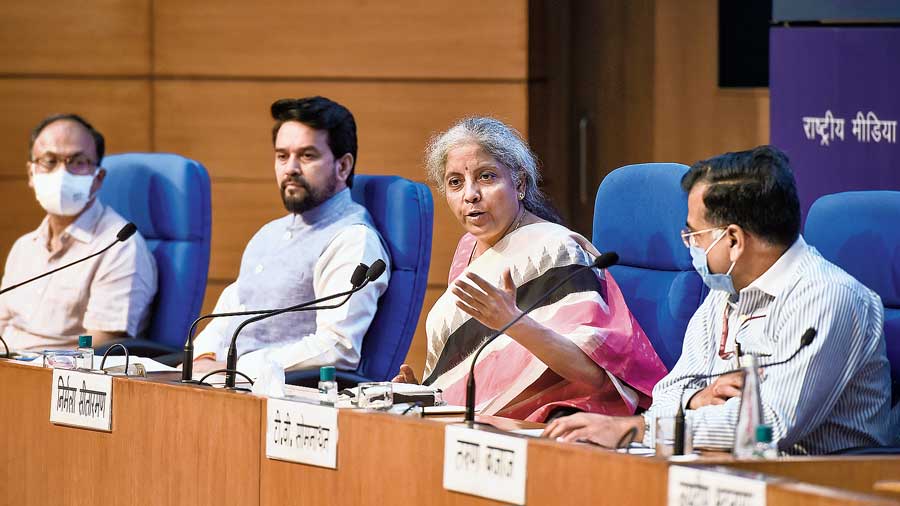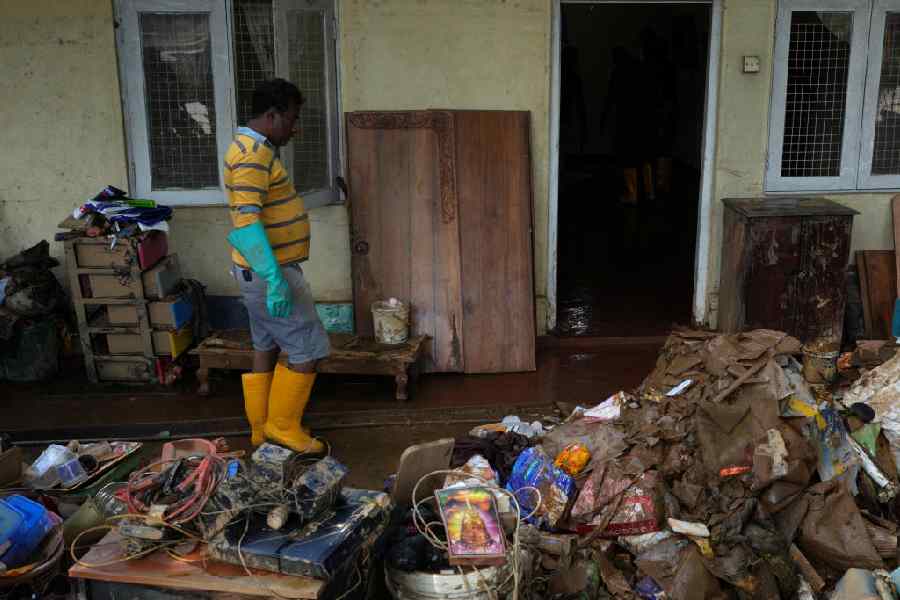The Narendra Modi government has come up with a stimulus package in response to the second wave of the pandemic. The stimulus package, once again, is big on intent and woefully short on content. Indian industry has been clamouring for a long time for a burst of short-term measures to jump-start a floundering economy. However, the finance minister, Nirmala Sitharaman, unveiled a programme worth Rs 6.29 trillion that commits very little money upfront. What she has offered instead is a mix of promises in the form of credit guarantees worth Rs 2.67 trillion, a backstop of assurances and credit risk covers to exporters, the usual lollies of free food to the poor and subsidized fertilizers to farmers, a free visa programme of dubious merit to lure foreign tourists, more funds to the rural broadband connectivity scheme that was launched last year, and a plan worth Rs 3 trillion to shore up the fortunes of a crumbling, debt-ridden power distribution sector that has been teetering on defaults.
It is hard to pierce through the fog of figures but it is clear that there are not a lot of new ideas floating around in the package. The credit guarantee programme for sectors was fashioned last year with a cap of Rs 3 trillion; it has now been expanded by another Rs 1.5 trillion. Guarantees count for nothing if they are not cashed in the event of defaults. The promise of a guarantee has provided some comfort to the banks to commit more funds to the stressed sectors. No one has yet asked the Centre to pay up. On the contrary, banks were persuaded to offer a two-year debt restructuring to stressed borrowers. The latest move only perpetuates an ultra risk-prone lending environment, which has bedevilled the banking sector for decades.
Industry, markets and economists are deeply disappointed with the package of reliefs. They were hoping for the Centre to unveil a plan to boost demand in an economy that contracted for the first time since 1979-80. This would mean a commitment to raise government spending from the budgeted level of Rs 34.8 trillion in the current year. Ms Sitharaman has been tight-fisted and raised spending by less than 1 per cent from the revised estimates for last year. The finance minister has refused to borrow and spend. She has also tossed aside suggestions from several economists to get the Reserve Bank of India to ‘print money’ — that is, raise the monetary liabilities of the central bank by increasing reserve money and using it to buy government bonds. In an uncertain environment, businessmen are never going to borrow money to invest in new plants. They would rather wait till demand seeps back into the economy, which will happen only when the government comes with a credible plan for cash transfers to the poor and cranks up its own spending.











